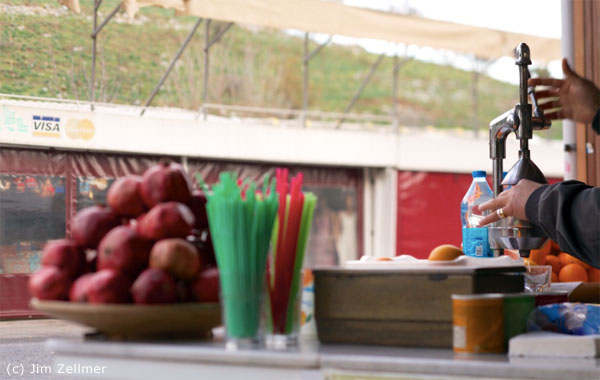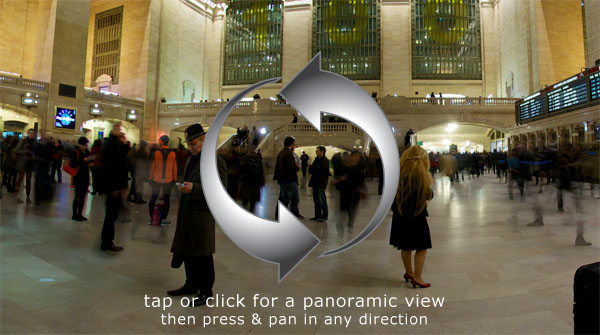BEFORE dawn on January 4th the mesquite trees around José Reyes Morin’s farm are lit up with Christmas lights. Inside the house, breakfast is eaten by candlelight. Mr Morin, a stickler for the old ways, doesn’t much believe in using electricity at home for anything other than religious occasions.
Appetites sated, a score of cowboys, one young woman and your (less young) correspondent mount scraggy horses. “Viva Cristo Rey,” (“Long Live Christ the King”) shouts Mr Morin, silver-buttoned comandante of the group, as the riders set off on a three-day pilgrimage to the 23-metre (75-foot) statue of Cristo Rey, high on a hill in the very centre of Mexico. That cry could once have got him killed as a Catholic reactionary. Today it is a call to rural traditions of faith and endurance in Mexico’s industrial heartland.
2014: The Unlocking
Csen:
Nothing like driving around your community for the first time in 2 days after an epic city shutdown and seeing abandoned cars still on the road to make you think about velocity increasing after a freeze.
The first month of the year has been a tumultuous one for financial markets. Emerging markets have taken a tumble (see “This Water Lives In Mombasa”). Brick-and-mortar retailers like Best Buy, Gamestop, and Target have gotten blasted. Yet last night, Facebook reported stellar earnings and its stock sits at an all-time high, as mobile has gone from 0% of its revenues before its IPO to 53% of its revenues today. What we’re witnessing is the breaking down of stability (see “The Trouble With Stability”).
Now that we’re almost 5 and a half years after the fall of Lehman Brothers, there’s been much talk about how far along in the recovery we are, from housing to labor to government finances. But that word, “recovery,” is dangerous, because it implies that we’re simply putting something back where it was before. While some economic actors were destroyed by 2008, others adjusted to what they believed to be a new normal. They cut costs and aggressively managed inventory. Instead of investing profits into new ventures they plowed it into stock buybacks. Others responded to low interest rates by leveraging low yielding positions, or playing a carry in higher yielding emerging markets.
On Fonts: Typeset in the future
2001: A Space Odyssey – Stanley Kubrick’s 1968 sci-fi masterpiece – seems an appropriate place to start a blog about typography in sci-fi. Amongst other delights, it offers a zero-gravity toilet, emergency resuscitations, exploding bolts, and product placement aplenty. It’s also the Ur Example of Eurostile Bold Extended’s regular appearance in spacecraft user interfaces.
Right from the opening scene, we’re treated to Kubrick’s love of bold, clean, sans-serif typography:
Super Bowl XLVIII illustrated part two: the stadium swindle
F.B.I. Audit of Database That Indexes DNA Finds Errors in Profiles
The Federal Bureau of Investigation, in a review of a national DNA database, has identified nearly 170 profiles that probably contain errors, some the result of handwriting mistakes or interpretation errors by lab technicians, while New York State authorities have turned up mistakes in DNA profiles in New York’s database.
The discoveries, submitted by the New York City medical examiner’s office to a state oversight panel, show that the capacity for human error is ever-present, even when it comes to the analysis of DNA evidence, which can take on an aura of infallibility in court, defense lawyers and scientists said.
The errors identified so far implicate only a tiny fraction of the total DNA profiles in the national database, which holds nearly 13 million profiles, more than 12 million from convicts and suspects, and an additional 527,000 from crime scenes. Still, the disclosure of scores of mistaken DNA profiles at once appears to be unprecedented, scientists said.
The politics of fear
However, since 9/11 leaders of both political parties in the United States have sought to consolidate power by leaning not just on the danger of a terrorist attack, but on the fact that the possible perpetrators are frightening individuals who are not like us. As President George W. Bush put it before a joint session of Congress in 2001: “They hate our freedoms: our freedom of religion, our freedom of speech, our freedom to vote and assemble and disagree with each other.” Last year President Obama brought the enemy closer to home, arguing in a speech at the National Defense University that “we face a real threat from radicalized individuals here in the United States” — radicalized individuals who were “deranged or alienated individuals - often U.S. citizens or legal residents.”
The Bush fear-peddling is usually considered the more extreme, but is it? The Obama formulation puts the “radicalized individuals” in our midst. They could be American citizens or legal residents. And the subtext is that if we want to catch them we need to start looking within. The other is among us. The pretext for the surveillance state is thus established.
On Bitcoin
A third fascinating use case for Bitcoin is micropayments, or ultrasmall payments. Micropayments have never been feasible, despite 20 years of attempts, because it is not cost effective to run small payments (think $1 and below, down to pennies or fractions of a penny) through the existing credit/debit and banking systems. The fee structure of those systems makes that nonviable.
All of a sudden, with Bitcoin, that’s trivially easy. Bitcoins have the nifty property of infinite divisibility: currently down to eight decimal places after the dot, but more in the future. So you can specify an arbitrarily small amount of money, like a thousandth of a penny, and send it to anyone in the world for free or near-free.
Pomegranates are a Sublime Gift from God

Wikipedia on Pomegranates.
Watch the World Go By: Grand Central Station Panorama

It is always interesting to watch the world go by. Tap or click to step inside the panoramic image, then press and pan in any direction.
Business Partners Fighting Over Fonts
ON DARK evenings in late 1916, a frail 76-year-old man could often be seen shuffling furtively between The Dove, a pub in west London, and the green and gold turrets of Hammersmith Bridge. Passers-by paid no attention, for there was nothing about Thomas Cobden-Sanderson’s nightly walks to suggest that he was undertaking a peculiar and criminal act of destruction.
Between August 1916 and January 1917 Cobden-Sanderson, a printer and bookbinder, dropped more than a tonne of metal printing type from the west side of the bridge. He made around 170 trips in all from his bindery beside the pub, a distance of about half a mile, and always after dusk. At the start he hurled whole pages of type into the river; later he threw it like bird seed from his pockets. Then he found a small wooden box with a sliding lid, for which he made a handle out of tape—perfect for sprinkling the pieces into the water, and not too suspicious to bystanders.
Those tiny metal slugs belonged to a font of type used exclusively by the Doves Press, a printer of fine books that Cobden-Sanderson had co-founded 16 years earlier. The type was not his to destroy, so he concealed his trips from his friends and family and dropped his packages only when passing traffic would drown out the splash. There were slip-ups, all the same. One evening he nearly struck a boatman, whose vessel shot out unexpectedly from under the bridge. Another night he threw two cases of type short of the water. They landed on the pier below, out of reach but in plain sight. After sleepless nights he determined to retrieve them by boat, but they eventually washed away. After that he was more careful.
And, today: Tobias Frere-Jones Is Suing Jonathan Hoefler, via Daring Fireball